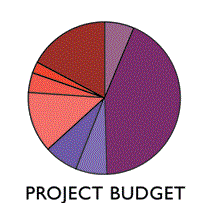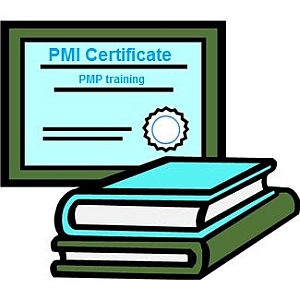Stakeholder Engagement Planning – Two Steps for Engaging Stakeholders in Project Implementation
Effective stakeholder engagement planning is a necessary part of the project implementation process to identify the level of stakeholders’ influence on the project, state their intentions and develop a strategy for managing the overall engagement process. In this article we will talk about the key steps of stakeholder engagement planning. There are two key steps for engaging stakeholders in project implementation. Please view the descriptions of the steps below.
















